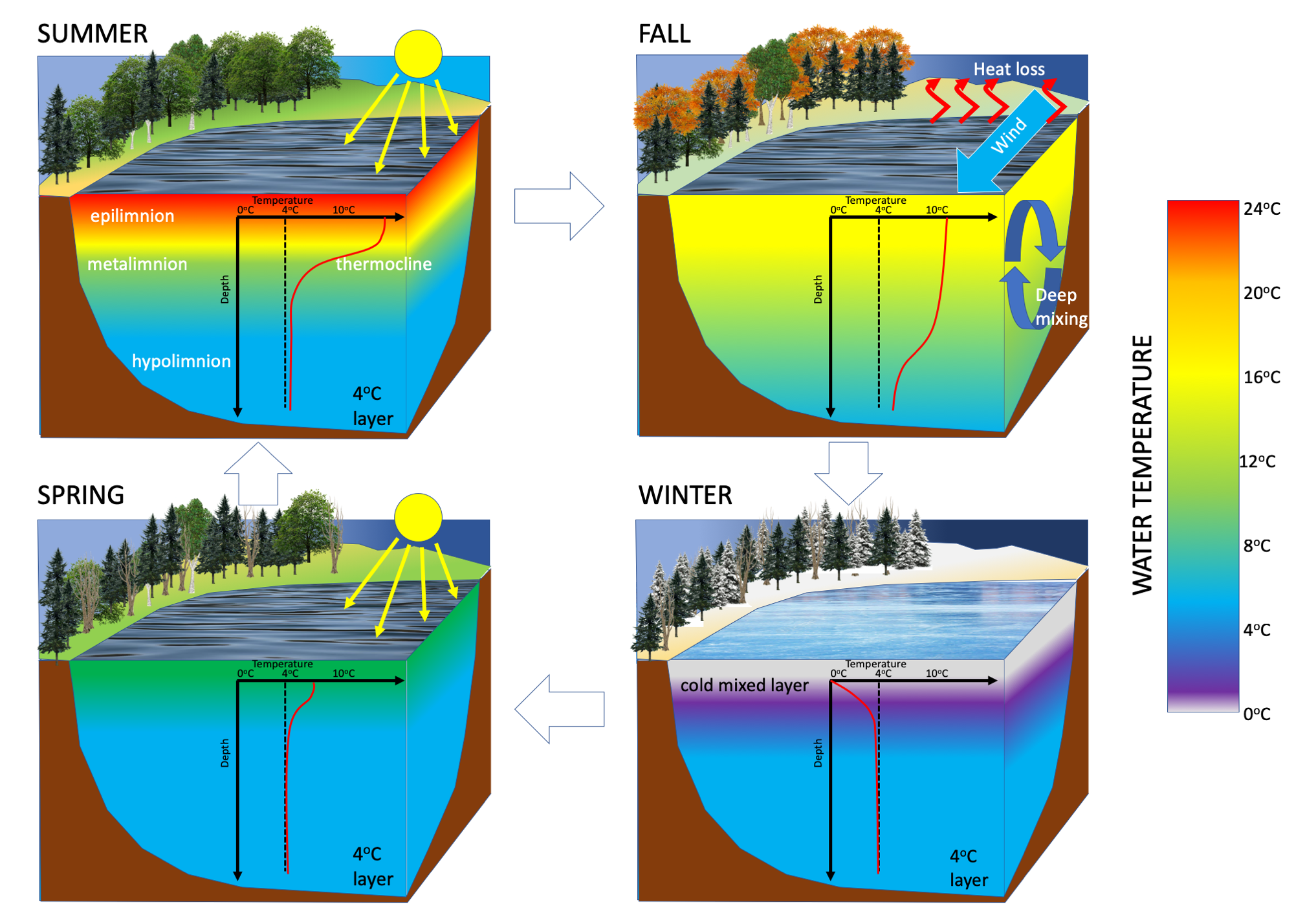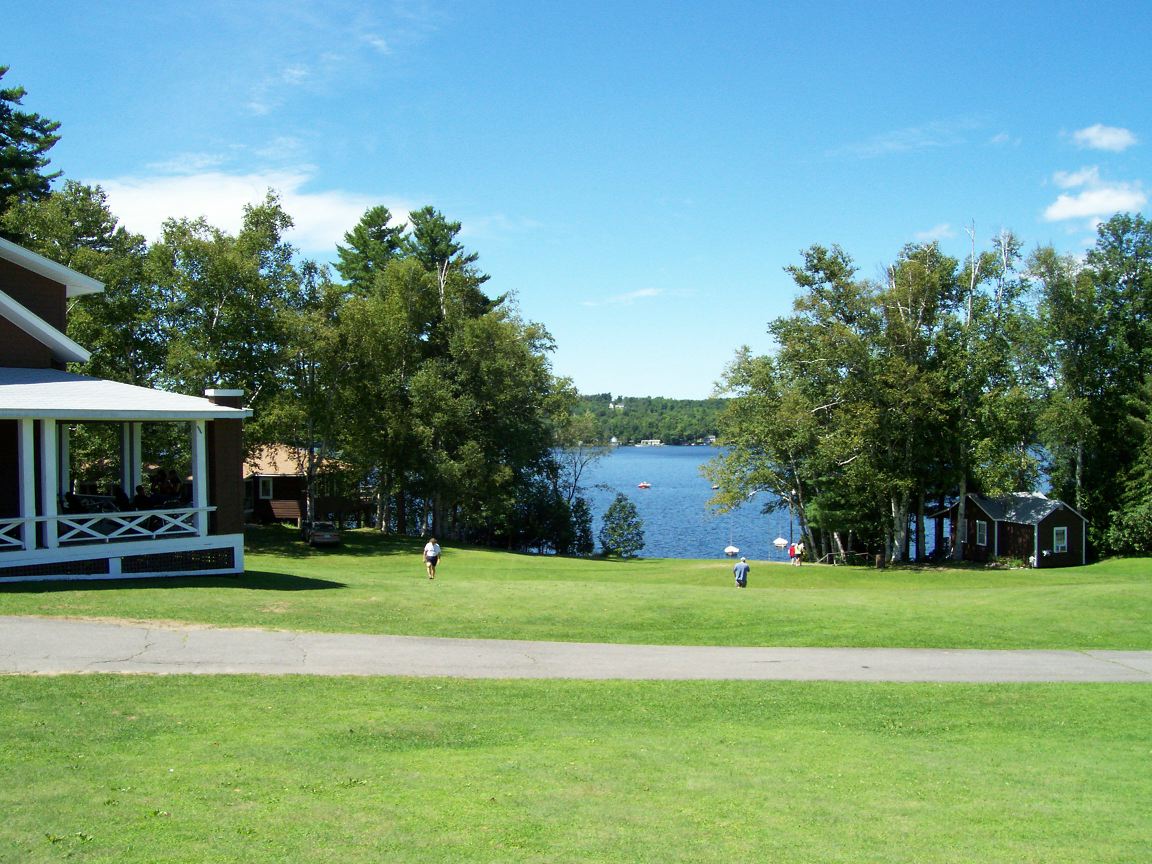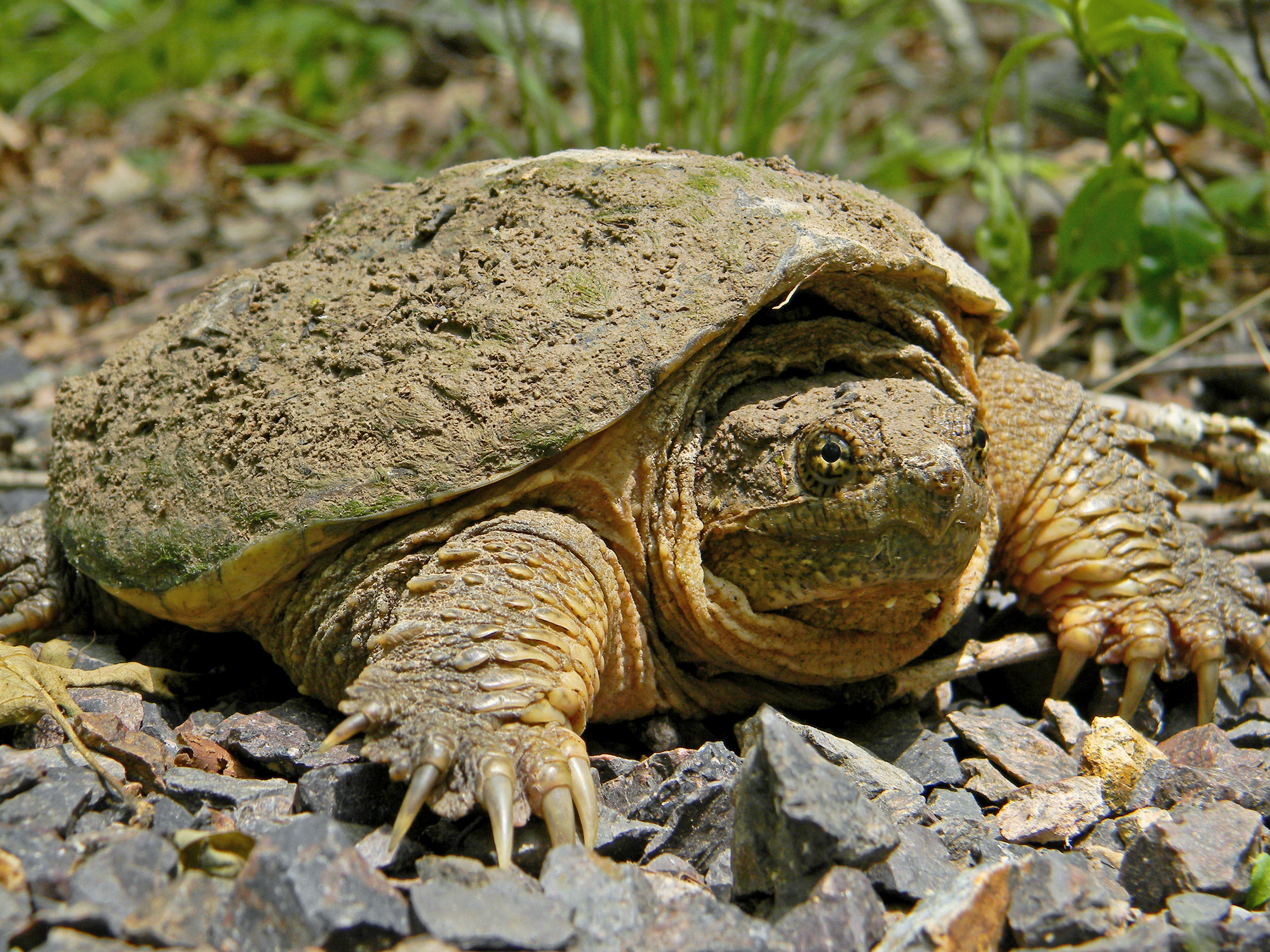|
Messalonskee Lake And Stream
Messalonskee Lake is a body of water in the Belgrade Lakes region of Maine. It is bordered by the towns of Oakland, Sidney, and Belgrade. The lake is a 9-mile-long, narrow, natural creation, resulting from continental collision and glacial scouring. A dam originally built in the town of Oakland in 1905 increased the lake's size. In the first part of the 20th century, Messalonskee Stream provided waterpower for Oakland's Cascade Woolen Mill, as well as for a number of factories responsible for Oakland's long-defunct title as "axehead capital of the world." Messalonskee Lake is home to a great variety of wildlife, including great blue herons, bass, yellow perch, white perch, sunfish, painted and snapping turtles, loons, and occasionally Bald Eagles can be seen soaring above the lake. The surrounding community has recently formed the Messalonskee Lake Association in the interest of its protection and preservation. Like some Maine lakes, Messalonskee Lake has seen infestations of ... [...More Info...] [...Related Items...] OR: [Wikipedia] [Google] [Baidu] |
Dimictic Lake
A dimictic lake is a body of freshwater whose difference in temperature between surface and bottom layers becomes negligible twice per year, allowing all strata of the lake's water to circulate vertically. All dimictic lakes are also considered holomictic, a category which includes all lakes which mix one or more times per year. During winter, dimictic lakes are covered by a layer of ice, creating a cold layer at the surface, a slightly warmer layer beneath the ice, and a still-warmer unfrozen bottom layer, while during summer, the same temperature-derived density differences separate the warm surface waters (the epilimnion), from the colder bottom waters (the hypolimnion). In the spring and fall, these temperature differences briefly disappear, and the body of water overturns and circulates from top to bottom. Such lakes are common in mid-latitude regions with temperate climates. Examples of dimictic lakes * Lake Mendota * Lake Superior * Lake Simcoe * Lake Opeongo * Loch L ... [...More Info...] [...Related Items...] OR: [Wikipedia] [Google] [Baidu] |
Yellow Perch
The yellow perch (''Perca flavescens''), commonly referred to as perch, striped perch, American perch, American river perch or preacher is a freshwater perciform fish native to much of North America. The yellow perch was described in 1814 by Samuel Latham Mitchill from New York. It is closely related, and morphologically similar to the European perch (''Perca fluviatilis''); and is sometimes considered a subspecies of its European counterpart. Other common names for yellow perch include American perch, coontail, lake perch, raccoon perch, ring-tail perch, ringed perch, and striped perch. Another nickname for the perch is the Dodd fish. Latitudinal variability in age, growth rates, and size have been observed among populations of yellow perch, likely resulting from differences in day length and annual water temperatures. In many populations, yellow perch often live 9 to 10 years, with adults generally ranging from in length. The world record yellow perch (; ) was caught in M ... [...More Info...] [...Related Items...] OR: [Wikipedia] [Google] [Baidu] |
New England Music Camp
The New England Music Camp (NEMC) is a summer camp for music students ages 11–18, located on in Sidney, Maine, on the eastern shore of Messalonskee Lake in the Belgrade Lakes region. It was founded in 1937 on the site of the defunct Eastern Music Camp. The camp has facilities for some 200 campers as well as faculty and staff. It follows a balanced structure of musical training (in the morning) and standard athletic activities (in the afternoon) such as sailing, kayaking, archery, tennis, softball, soccer, volleyball, badminton etc. There are numerous concerts offered free to the public during its seven-week season on site at the Bowl in the Pines or Alumni Hall (respectively, the camp's outdoor and indoor performance venues). Two pops-style concerts are presented for a small fee at the nearby Oakland Performing Arts Center in Oakland Oakland is the largest city and the county seat of Alameda County, California, United States. A major West Coast of the United States, West C ... [...More Info...] [...Related Items...] OR: [Wikipedia] [Google] [Baidu] |
Myriophyllum
''Myriophyllum'' (water milfoil) is a genus of about 69 species of freshwater aquatic plants, with a cosmopolitan distribution. The center of diversity for ''Myriophyllum'' is Australia with 43 recognized species (37 endemic). These submersed aquatic plants are perhaps most commonly recognized for having elongate stems with air canals and whorled leaves that are finely, pinnately divided, but there are many exceptions. For example, the North American species ''M''. ''tenellum'' has alternately arranged scale like leaves, while many Australian species have small alternate or opposite leaves that lack dissection. The plants are usually heterophyllous, leaves above the water are often stiffer and smaller than the submerged leaves on the same plant and can lack dissection. Species can be monoecious or dioecious. In monoecious species plants are hermaphrodite, in dioecious species plants are either male or female, the flowers are small, 4(2)-parted and usually borne in emergent ... [...More Info...] [...Related Items...] OR: [Wikipedia] [Google] [Baidu] |
Loon
Loons (North American English) or divers ( British / Irish English) are a group of aquatic birds found in much of North America and northern Eurasia. All living species of loons are members of the genus ''Gavia'', family Gaviidae and order Gaviiformes . Description Loons, which are the size of large ducks or small geese, resemble these birds in shape when swimming. Like ducks and geese, but unlike coots (which are Rallidae) and grebes ( Podicipedidae), the loon's toes are connected by webbing. The loons may be confused with the cormorants (Phalacrocoracidae), but can be distinguished from them by their distinct call. Cormorants are not-too-distant relatives of loons, and like them are heavy-set birds whose bellies, unlike those of ducks and geese, are submerged when swimming. Loons in flight resemble plump geese with seagulls' wings that are relatively small in proportion to their bulky bodies. The bird points its head slightly upwards while swimming, but less so than cormor ... [...More Info...] [...Related Items...] OR: [Wikipedia] [Google] [Baidu] |
Common Snapping Turtle
The common snapping turtle (''Chelydra serpentina'') is a species of large freshwater turtle in the family Chelydridae. Its natural range extends from southeastern Canada, southwest to the edge of the Rocky Mountains, as far east as Nova Scotia and Florida. The three species of '' Chelydra'' and the larger alligator snapping turtles (genus ''Macrochelys'') are the only extant chelydrids, a family now restricted to the Americas. The common snapping turtle, as its name implies, is the most widespread. The common snapping turtle is noted for its combative disposition when out of the water with its powerful beak-like jaws, and highly mobile head and neck (hence the specific epithet ''serpentina'', meaning "snake-like"). In water, it is likely to flee and hide underwater in sediment. The common snapping turtle has a life-history strategy characterized by high and variable mortality of embryos and hatchlings, delayed sexual maturity, extended adult longevity, and iteroparity (repeate ... [...More Info...] [...Related Items...] OR: [Wikipedia] [Google] [Baidu] |
Painted Turtle
The painted turtle (''Chrysemys picta'') is the most widespread native turtle of North America. It lives in slow-moving fresh waters, from southern Canada to northern Mexico, and from the Atlantic to the Pacific. They have been shown to prefer large wetlands with long periods of inundation and emergent vegetation. This turtle is a member of the genus ''Chrysemys'', which is part of the pond turtle family Emydidae. Fossils show that the painted turtle existed 15 million years ago. Three regionally based subspecies (the eastern, midland, and western) evolved during the last ice age. The southern painted turtle (''C. dorsalis'') is alternately considered the only other species in ''Chrysemys'', or another subspecies of ''C. picta''. The adult painted turtle is 13–25 cm (5–10 in) long; the male is smaller than the female. The turtle's top shell is dark and smooth, without a ridge. Its skin is olive to black with red, orange, or yellow stripes on its extremities. ... [...More Info...] [...Related Items...] OR: [Wikipedia] [Google] [Baidu] |
Centrarchidae
Centrarchidae, better known as sunfishes, is a family of freshwater ray-finned fish belonging to the order Perciformes (formerly belonging to the deprecated order Centrarchiformes), native only to North America. There are eight universally included genera within the centrarchid family: '' Lepomis'' (true sunfishes), '' Micropterus'' (black basses), ''Pomoxis'' (crappies), '' Enneacanthus'' (banded sunfishes), ''Centrarchus'' (type genus, consisting solely of the flier ''C. macropterus''), ''Archoplites'' ( Sacramento perch), '' Ambloplites'' (rock basses), and ''Acantharchus'' ( mud sunfish). A genetic study in 2012 suggests that the highly distinct pygmy sunfishes of the genus '' Elassoma'' are also centarchids. The centrarchid family comprises 38 identified species, 34 of which are extant. It includes many popular game fishes familiar to North American anglers, such as the rock bass, largemouth bass, bluegill, pumpkinseed, green sunfish and crappies. Most sunfis ... [...More Info...] [...Related Items...] OR: [Wikipedia] [Google] [Baidu] |
White Perch
The white perch (''Morone americana'') is not a true perch but is a fish of the temperate bass family, Moronidae, notable as a food and game fish in eastern North America. In some places it is referred to as "Silver Bass". The name "White perch" is sometimes applied to the white crappie. Generally silvery-white in color, hence the name, depending upon habitat and size specimens have begun to develop a darker shade near the dorsal fin and along the top of the fish. This sometimes earns them the nickname "black-back". White perch have been reported up to in length and weighing . Although favoring brackish waters, it is also found in fresh water and coastal areas from the St. Lawrence River and Lake Ontario south to the Pee Dee River in South Carolina, and as far east as Nova Scotia. They are also found in the lower Great Lakes, Finger Lakes, Long Island Sound and nearby coastal areas, Hudson and Mohawk River system, Delaware Bay and Chesapeake Bay. It is also found occasion ... [...More Info...] [...Related Items...] OR: [Wikipedia] [Google] [Baidu] |
Bass (fish)
Bass () is a name shared by many species of fish. The term encompasses both freshwater and marine species, all belonging to the large order Perciformes, or perch-like fishes. The word ''bass'' comes from Middle English , meaning 'perch'. Types * The black basses, such as the Choctaw bass (''Micropterus haiaka''), Guadalupe bass (''M. treculii''), largemouth bass (''M. salmoides''), smallmouth bass (''M. dolomieu''), and spotted bass (''M. punctulatus''), belong to the sunfish family Centrarchidae. * The temperate basses, such as the European seabass (''Dicentrarchus labrax''), striped bass (''Morone saxatilis'') and white bass (''M. chrysops''), belong to the family Moronidae. * The Asian seabasses, such as the Japanese seabass (''Lateolabrax japonicus'') and Blackfin seabass (''L. latus''), belong to the family Lateolabracidae. Other species known as bass Many species are also known as basses, including: * The Australian bass, ''Macquaria novemaculeata'', is a m ... [...More Info...] [...Related Items...] OR: [Wikipedia] [Google] [Baidu] |
Eutrophic
Eutrophication is the process by which an entire body of water, or parts of it, becomes progressively enriched with minerals and nutrients, particularly nitrogen and phosphorus. It has also been defined as "nutrient-induced increase in phytoplankton productivity". Water bodies with very low nutrient levels are termed oligotrophic and those with moderate nutrient levels are termed mesotrophic. Advanced eutrophication may also be referred to as dystrophic and hypertrophic conditions. Eutrophication can affect freshwater or salt water systems. In freshwater ecosystems it is almost always caused by excess phosphorus. In coastal waters on the other hand, the main contributing nutrient is more likely to be nitrogen, or nitrogen and phosphorus together. This depends on the location and other factors. When occurring naturally, eutrophication is a very slow process in which nutrients, especially phosphorus compounds and organic matter, accumulate in water bodies. These nutrients derive ... [...More Info...] [...Related Items...] OR: [Wikipedia] [Google] [Baidu] |
Heron
The herons are long-legged, long-necked, freshwater and coastal birds in the family Ardeidae, with 72 recognised species, some of which are referred to as egrets or bitterns rather than herons. Members of the genera ''Botaurus'' and ''Ixobrychus'' are referred to as bitterns, and, together with the zigzag heron, or zigzag bittern, in the monotypic genus ''Zebrilus'', form a monophyletic group within the Ardeidae. Egrets do not form a biologically distinct group from herons, and tend to be named differently because they are mainly white or have decorative plumes in breeding plumage. Herons, by evolutionary adaptation, have long beaks. The classification of the individual heron/egret species is fraught with difficulty, and no clear consensus exists about the correct placement of many species into either of the two major genera, '' Ardea'' and ''Egretta''. Similarly, the relationships of the genera in the family are not completely resolved. However, one species formerly considere ... [...More Info...] [...Related Items...] OR: [Wikipedia] [Google] [Baidu] |

.jpg)


.jpg)





